Mayhaw Tree (Crataegus Astivalis) – 5 Gallon Pot
$109.97 Original price was: $109.97.$76.98Current price is: $76.98.
SKU: D2LSC 9497414886 Category: FRAGRANT PLANTS
- Unbeatable Quality Guaranteed
- Nature-friendly materials, 100%.
- Buy with confidence, backed by quality.
- Get Quality, Get More

Mayhaw Tree
Crataegus aestivalis
Other Names: Apple Hawthorn, Eastern Mayhaw, Hawthorn, May Hawthorn, Thornapples
NOTE: As with all of our other plants and trees, all of our fruit plants are grown in containers outdoors so they are fully rooted and landscape-ready upon arrival.
Plant Details
USDA Plant Hardiness Zones: 6a-11 Find Your Zone
Shrub Type: Deciduous Flowering Tree
Height at Maturity: 20-30′
Width at Maturity: 20-30′
Spacing: 40 feet for space between trees
Growth Habit / Form: Broad Rounded Crown
Growth Rate: Slow to Moderate
Flower Color: White
Flower Size: .5-.75″ in clusters
Flowering Period: Spring
Flower Type: Single, 5-petaled, in 3-4 inch clusters
Fragrant Flowers: Yes
Foliage Color: Dark Green with Red undersides
Fragrant Foliage: No
Berries: Yes – LOADS of edible berries!
Berry Color: Red
Sun Needs: Full to Mostly Sun, Morning Sun With Afternoon Shade, Morning Shade with Afternoon Sun, Filtered Sun
Water Needs: Average
Soil Type: Clay, Loam, Sandy, Silty
Soil Moisture / Drainage: Moist But Well-Drained to Wet and even Standing Water
Soil pH: 5.0-8.0 (Acid to Alkaline)
Maintenance / Care: Low
Attracts: Visual Attention, Beneficial Pollinators, Birds
Resistances: Clay Soil, Deer, Disease, Drought (when established), Heat, Insect, Wet Soil, Standing Water
Description
The Mayhaw, Crataegus aestivalis, is a showy North American native fruit tree known for its love of water, but will also thrive in average garden soil as well, which make it a fine candidate for wet or medium moisture areas in the edible ornamental landscape. In spring, clusters of 5-petaled fragrant white flowers similar to apple blossoms cover the stems. In May, following the flowers are small, cranberry-like red fruits that can be eaten fresh or dried and are highly prized for making fine jellies, preserves, and syrups. You might have heard of or eaten Mayhaw jelly, which has been a delicacy in the southeast for generations. Growing slowly from 20 to 30 feet tall and equally as wide with a rounded canopy, the Mayhaw tree will make a fine addition to landscapes in zones 6a to as far south as 11. It is self-fertile tree, so you only have to plant one to get fruit!
Wildlife Value
The flowers of the Mayhaw Tree provide nectar for beneficial pollinators. It is a larval host plant for Gray Hairstreak, Red-spotted Purple, and Viceroy butterflies.
NOTE: As with all of our other plants and trees, all of our fruit plants are grown in containers outdoors so they are fully rooted and landscape-ready upon arrival.
Landscape & Garden Uses
Growing 20 to 30 feet tall and equally as wide, the Mayhaw Tree is ideal for use as a specimen or in groupings in wet to somewhat dry landscape or woodland borders. It is excellent for use in boggy to wet sites but also thrives in average garden soils, even being quite tolerant to drought when established. A fine addition to food gardens, butterfly and beneficial pollinator gardens, bird and wildlife gardens, North American native plant gardens, and cottage gardens.
Suggested Spacing: 35 feet for space between trees
Growing Preferences
The Washington Hawthorn grows best in a moist to wet acidic to alkaline soil of average fertility and full sun to part shade. It will even grow in standing water, and in clay, sandy and dry soils of average fertility. Good drought tolerance when established. It is self-fertile, meaning it doesn’t need a pollinator in order to produce fruit. No pruning is necessary however responds well to it for shaping purposes and size control.
Plant Long & Prosper!
Meet The Wilson Brothers & Staff
Questions? Contact Us
Be the first to review “Mayhaw Tree (Crataegus Astivalis) – 5 Gallon Pot” Cancel reply
Related products
Sale!
FRAGRANT PLANTS
Edith Bogue Cold Hardy Evergreen Magnolia – 3 Gallon Pot (3-4′)
Sale!
FRAGRANT PLANTS
Sale!
Sale!
FRAGRANT PLANTS
Sale!
FRAGRANT PLANTS
Sale!
FRAGRANT PLANTS
Sale!
Sale!



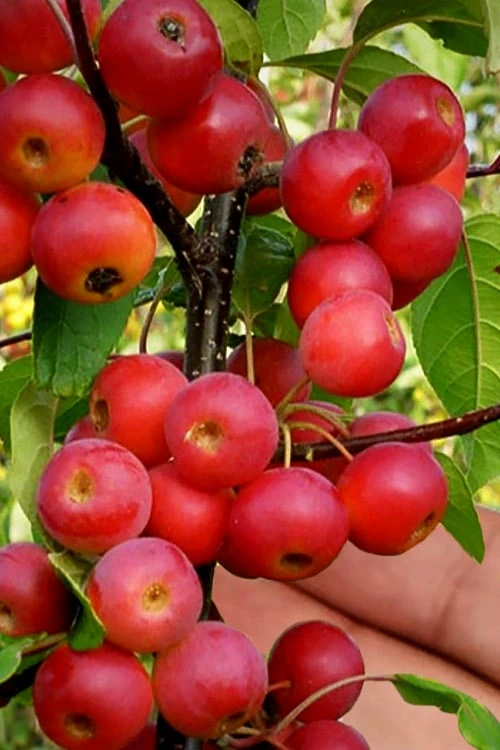

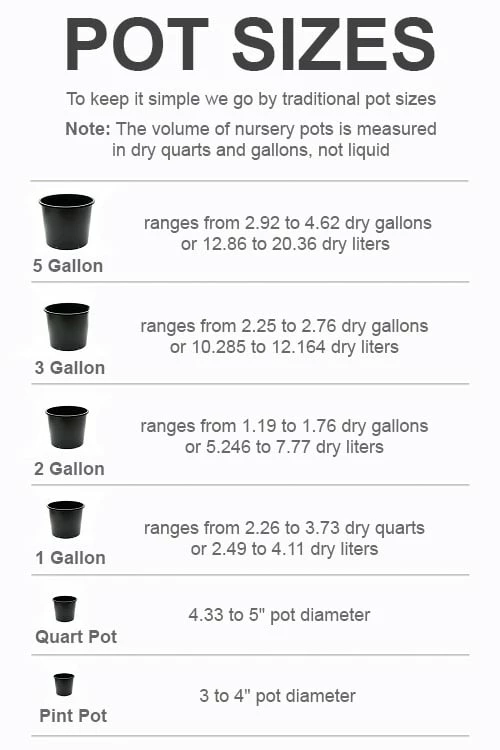


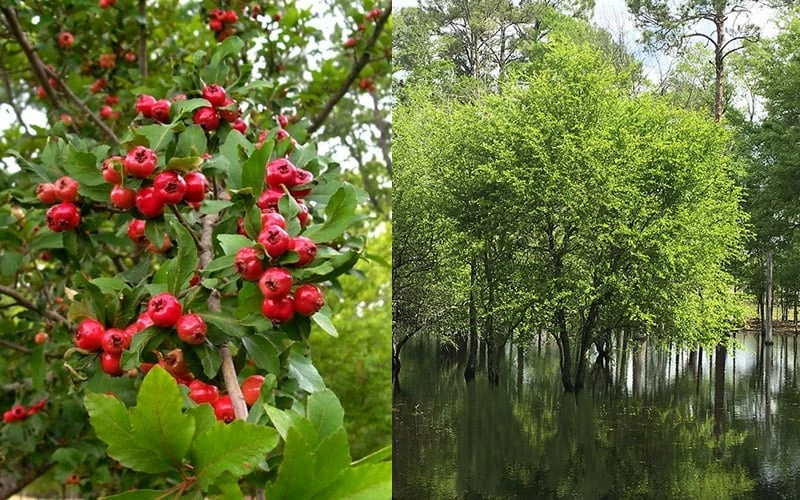

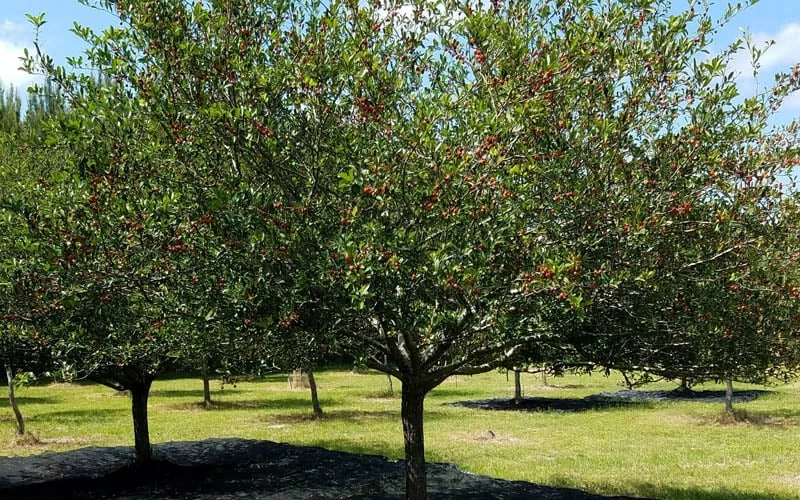
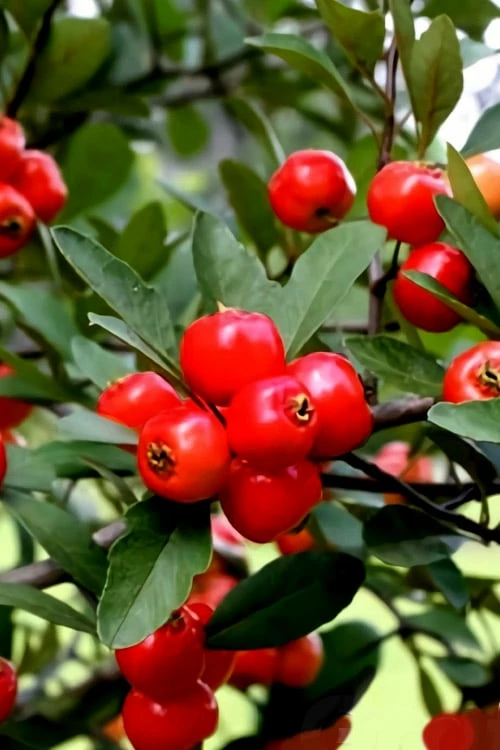



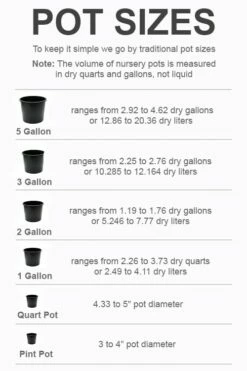
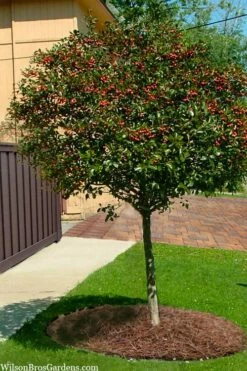
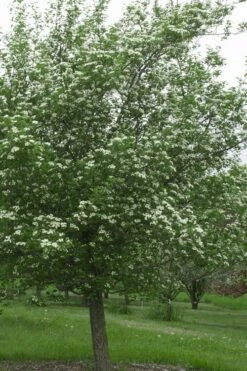

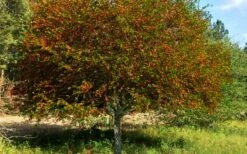


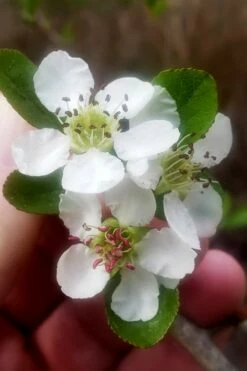
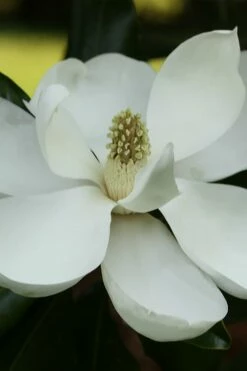
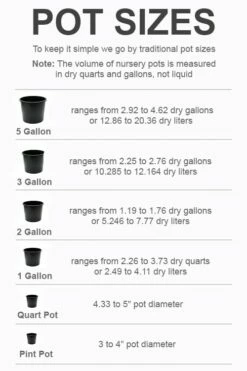

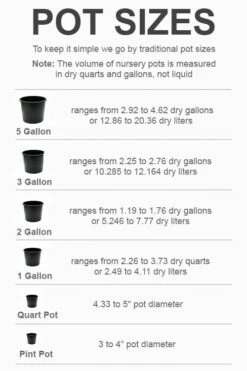
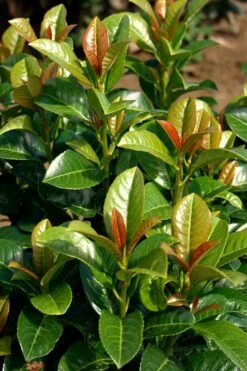
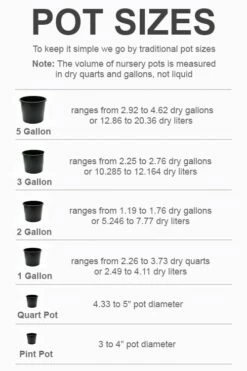
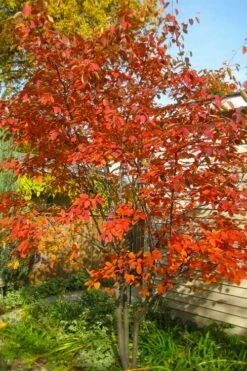

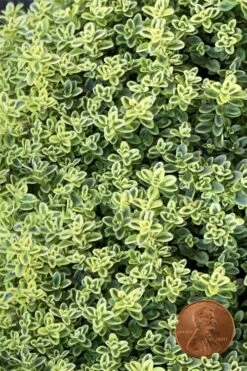


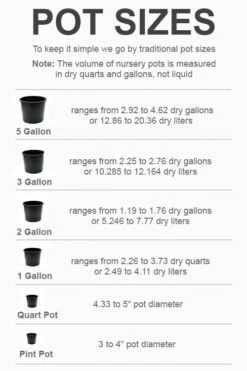

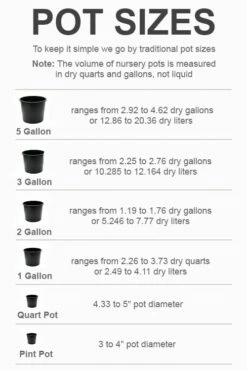


Reviews
There are no reviews yet.